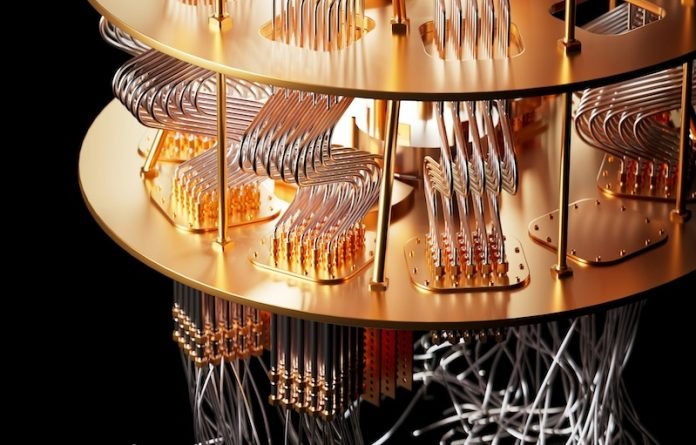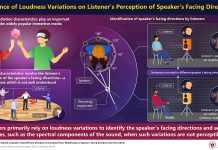
In a fascinating leap forward, a group of scientists has introduced a new way to share quantum information, bypassing a big hurdle known as the no-cloning theorem. This concept, called “virtual quantum broadcasting,” could change how we handle information at the quantum level.
So, what’s the big deal with copying quantum information? Quantum mechanics, the science that deals with the tiniest particles in the universe, has a strict rule: you cannot simply copy quantum information. This rule is known as the no-cloning theorem.
It’s like trying to copy a dream; the moment you try to grasp it, it changes or disappears. This poses a real challenge for quantum communication, where sharing information reliably is crucial.
The team behind this new study includes Prof. Arthur Parzygnat from MIT, Prof. James Fullwood from Hainan University, Prof. Francesco Buscemi from Nagoya University, and Prof. Giulio Chiribella from the University of Hong Kong.
They were curious about how quantum states evolve over time and how to share quantum information without breaking the no-cloning rule.
Their solution is virtual quantum broadcasting. This isn’t about making physical copies of quantum information.
Instead, it’s about creating a sort of blueprint that can be used to recreate the information elsewhere without actually copying it. Imagine telling someone how to dream your dream without giving them the dream itself.
The scientists designed a special process to make this possible. They start by creating what’s called a virtual broadcasting map.
This map doesn’t copy the quantum information but links different points in time, allowing the information to be shared in a way that doesn’t break quantum rules.
They laid out the science behind this in four parts, proving that their idea is more than just theory. Firstly, they showed that this virtual map could exist without contradicting the basic laws of quantum mechanics.
They then demonstrated that it’s possible to get close to this ideal virtual broadcasting with current technology, using something known as a universal cloner, which is the best at making nearly perfect copies of quantum information.
Next, they explained how to actually do this virtual broadcasting. It involves two steps: first, making a “virtual” measurement of the quantum state, and then using this measurement to generate what you could call echoes of the original state, which share the same information without being direct copies.
Finally, they showed that this whole process is akin to the flow of time in quantum mechanics, suggesting that virtual quantum broadcasting could be a natural part of how quantum information behaves over time.
The implications of this work are huge for quantum computing, communication, and cryptography. It could lead to new ways to secure information, share it more efficiently, and even understand the fabric of reality a little better.
One particularly intriguing application is in quantum measurements. The team suggests that virtual quantum broadcasting could allow us to predict the outcomes of experiments that haven’t happened yet, by encoding the information in a way that spans time.
Moreover, this technique offers a sneak peek into the potential future of eavesdropping and security in quantum communication. If an outsider tries to intercept quantum information, understanding virtual broadcasting could be key to stopping them.
In essence, this research opens up a new chapter in quantum mechanics, challenging old limitations and inviting us to explore the possibilities of quantum information in ways we hadn’t imagined before.
It’s like discovering a new language that only a few can speak, but with the potential to change the world as we know it.
The research findings can be found in Physical Review Letters.
Copyright © 2024 Knowridge Science Report. All rights reserved.



